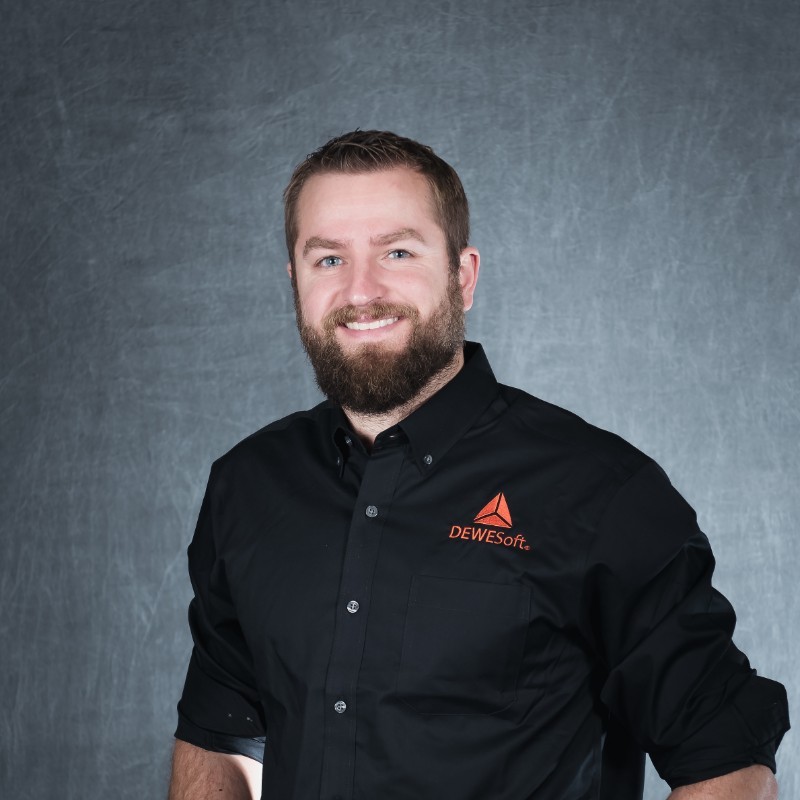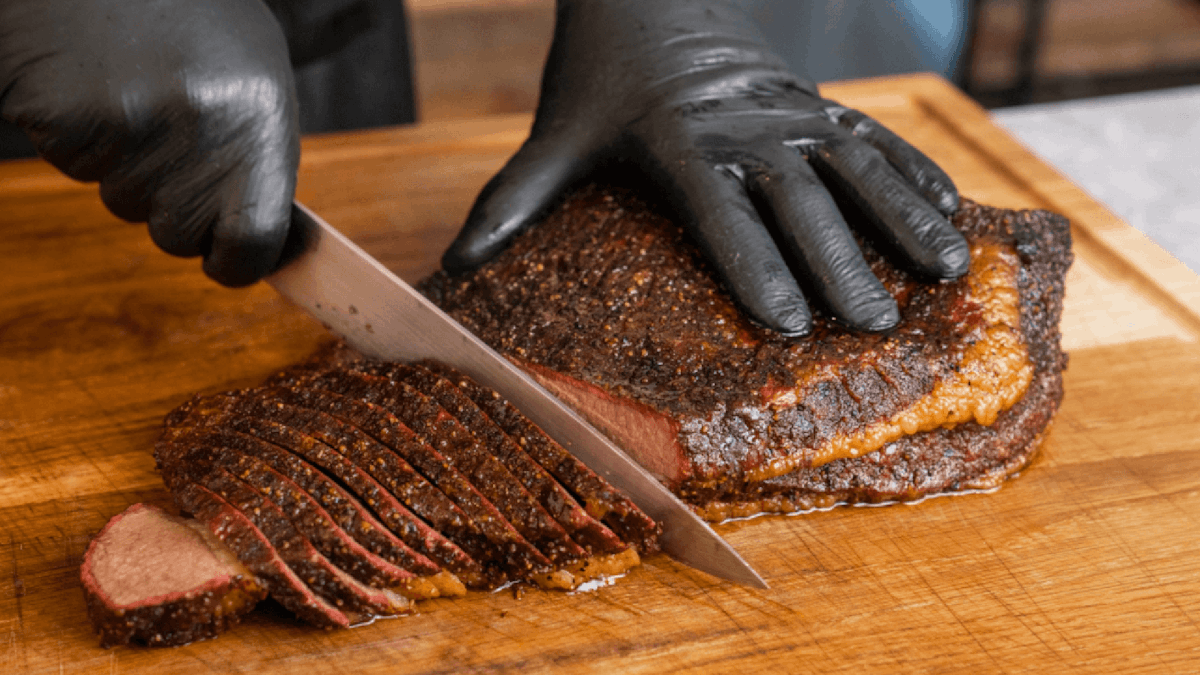Table of contents
Browse categories
Browse authors
 AB
ABAlberto Boffi
 AL
ALAlessia Longo
 AH
AHAl Hoge
 AB
ABAljaž Blažun
 BJ
BJBernard Jerman
 BČ
BČBojan Čontala
 CF
CFCarsten Frederiksen
 CS
CSCarsten Stjernfelt
 DC
DCDaniel Colmenares
 DF
DFDino Florjančič
 EB
EBEmanuele Burgognoni
 EK
EKEva Kalšek
 FB
FBFranck Beranger
 GR
GRGabriele Ribichini
Glacier Chen
 GS
GSGrant Maloy Smith
 HB
HBHelmut Behmüller
 IB
IBIza Burnik
 JO
JOJaka Ogorevc
 JR
JRJake Rosenthal
 JS
JSJernej Sirk
 JM
JMJohn Miller
 KM
KMKarla Yera Morales
 KD
KDKayla Day
 KS
KSKonrad Schweiger
Leslie Wang
 LS
LSLoïc Siret
 LJ
LJLuka Jerman
 MB
MBMarco Behmer
 MR
MRMarco Ribichini
 ML
MLMatic Lebar
 MS
MSMatjaž Strniša
 ME
MEMatthew Engquist
 ME
MEMichael Elmerick
 NP
NPNicolas Phan
 OM
OMOwen Maginity
 PF
PFPatrick Fu
 PR
PRPrimož Rome
 RM
RMRok Mesar
 RS
RSRupert Schwarz
 SA
SASamuele Ardizio
 SK
SKSimon Kodrič
 SG
SGSøren Linnet Gjelstrup
 TH
THThorsten Hartleb
 TV
TVTirin Varghese
 UK
UKUrban Kuhar
Valentino Pagliara
 VS
VSVid Selič
 WK
WKWill Kooiker
Hungry? Data Acquisition Cooks Up the Perfect BBQ

Have you ever wondered what goes into the perfect BBQ meal? How do Traeger Grills allow the smoke ring to penetrate the meat while simultaneously keeping it's inside so tender and moist? We are proud to say that Traeger Grills, the pioneer and market leader in wood pellet grills, uses Dewesoft to fine-tune the science behind the perfect brisket, burger, steak, pork chop, and sausage.

Traeger Grills
Salt Lake City-based Traeger Grills have their work cut out for them, satisfying professional chefs, foodies, and weekend warrior chefs alike, in their quest to create the best BBQ on the market. There are several reasons that their unique wooden pellet grills consistently cook up mouth-watering masterpieces. Quality-controlled hardwood pellets combined with the advanced control system in their grills are the “secret sauce.”
Wait, a grill that uses an advanced control system? Yes, indeed. This isn’t your grandfather’s backyard hamburger cooker. If you have dabbled at all in controls, you have probably heard of PID loops/controllers. A PID is a Proportional Integral Derivative controller that uses a feedback loop to control a device. In this application, the operator sets the “wanted” temperature, and the grill must reach and then maintain it, despite a variety of constantly varying conditions.
Before the advent of data acquisition, product testing was relatively subjective. For example, when car companies tested their cars on tracks, they relied on the subjective opinion of drivers about how various modifications to the suspension or shock absorbers affected comfort and drivability. But today, it is absolutely essential to make objective, repeatable measurements using high-resolution data acquisition (DAQ) instruments.
So, Traeger engineers reached out to the DAQ experts at Dewesoft to help them measure and collect data in their test labs. Parameters including temperatures, command points, and even CAN-BUS data had to be collected. Their highly advanced engineering team needed to quickly and easily evaluate the performance and effects of any modifications or tweaks that they made to the controls platform.
For example, there is an auger that turns and feeds wood pellets into the firepot on a timed schedule set by the grill controller. How fast should it turn? Every variable must be controlled in real-time to achieve the perfect cooking conditions as selected by the operator:
Flame intensity
Auger condition/speed
Fan condition/speed
“Hot rod” pellet igniter condition
Door position
The PID controller takes the “wanted” temperature and compares it to the “feedback,” which is gathered from sensors in the grill. This might sound simple, but it’s not. Why?
Using precisely tuned coefficients, various parameters are continually adjusted to achieve the wanted temperature. But there are PID loops for the auger, another for the fan speeds, etc. The coefficients in the PID loops will change when conditions change, like when the door is open, how much wind there is, when the ambient temperature changes, and more. Nested PID controls and constantly changing control coefficients are no small engineering feat.
Measurement procedure and setup
KRYPTON DAQ modules are used because of their wide temperature operating range. Multiple KRYPTON-TH modules, paired with Dewesoft CAN Interfaces, allow analog response data to be recorded synchronously with the CAN command data. KRYPTON modules are also extremely rugged and sealed against water, smoke, dust, and even the stickiest BBQ sauce.
KRYPTON modules are easily daisy-chained using a single EtherCAT cable that carries power, digitized data, and module-to-module synchronization. KRYPTON (and CAN) modules can be placed right where they are needed, keeping sensitive analog sensor lines as short as possible.
In addition to dozens of command data parameters coming across the CAN BUS, a typical test includes more than 32 channels of thermocouple analog inputs plus 600+ additional math channels that are calculated in real-time, validating criteria for immediate responses and feedback to changes in their control system.
Dewesoft’s DAQ system can be scaled from testing a single grill to testing multiple grills simultaneously. This flexibility also represents a huge efficiency boost, turning a previously serial process into a parallel one. Because they are so easily daisy-chained, KRYPTON modules can be added or removed as required to satisfy the required number of channels. DewesoftX software automatically adjusts to the modules that are connected.
Flexible, user-configurable displays
Traeger engineers take advantage of DewesoftX’s multiple display capability to create a screen for each grill under test. The display below shows the key parameters that they need to see during the test. They make a separate display for each grill, and can easily choose among them during the test. It is also possible to connect multiple monitors and place a different screen on each one.
They positioned user input fields and the convenient STOP TEST button in the center of the screen, with the strip chart display running left to right across the top of the display. If a touchscreen is used, buttons can be pressed with your finger. Otherwise, a mouse and keyboard can be used to click buttons and interact with anything on the screen. All interactive and display elements are completely user-configurable within DewesoftX software.
Notice the image of the grilling grate, with digital temperature values shown above it where the thermocouple sensors are located. Video can also be used if needed, to see the test, for example, to watch the movement of an auger, or the position of a door, just to name a few examples.
Traeger engineers use another custom display to compare the results and summarize the performance of all grills under test. The historical performance for each setpoint is easily compared with how the grill responded to R&D’s design modifications.
They created yet another display so that engineers could enter all of their inputs and set points in one place. This is a time-saver when many grills are testing simultaneously. There is no limit to the number of displays and entire setups that can be created and recalled in DewesoftX software.
Real-time and off-line mathematics
Using DewesoftX’s real-time math engine, parameters can be calculated and displayed in real time. This capability saves the Traeger engineers countless hours. It speeds up the R&D process dramatically because the engineers don’t have to wait until after the tests have been done in order to post-process the results. The results are calculated, displayed, and saved in real time.
Of course, the software supports re-calculation and the addition of additional math functions after recording. DewesoftX can also export data to more than a dozen popular data analysis formats, so there is no limit to what can be done in post-processing.
Testing under real-World conditions
Running tests in a temperature-controlled environment is crucial to evaluating some aspects of controller modifications. But Traeger also recognizes that their grills will be used outside in the sun, wind, and rain - across the entire gamut of weather conditions.
Salt Lake City is located at 4,226 feet (1,288 meters), so Traeger engineers are very familiar with snow, ice, howling winds, and temperature extremes. They also know that a dedicated BBQ chef won’t let a little weather stop them from cooking, even at the height of a challenging Rocky Mountain Winter. Their grills have to be tested under all conditions and across a wide range of ambient temperatures.
Summary and conclusion
Whether you are a BBQ connoisseur, a backyard grill master, or someone who simply loves to sink their teeth into a tender, fall-off-the-bone beef rib, we hope you have gained a better appreciation of the technology and testing that goes into making these high-tech grills.
At Dewesoft, we are happy to work with such an innovative engineering team. After all of the testing, there was plenty of delicious BBQ to go around. In the spirit of conservation, Dewesoft sales engineers did not let any of it go to waste.